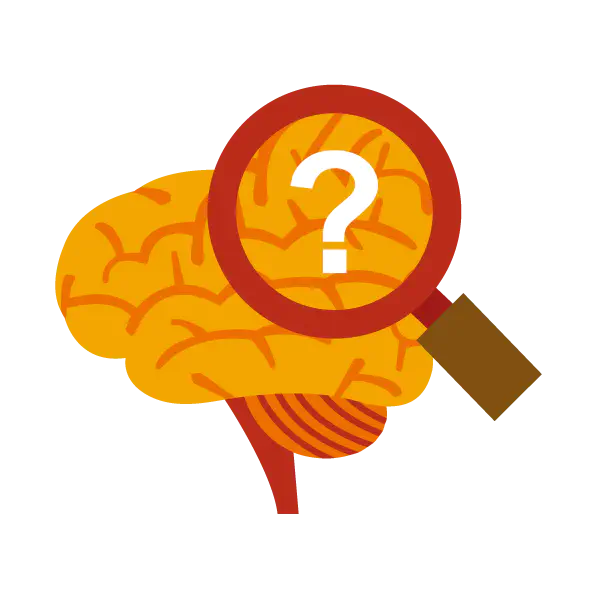Multimodal brain atlas
 Multimodal brain atlas
Multimodal brain atlasSecondly, it is conceptually and technically challenging to integrate the information of different aspects of the human brain, including the micro- and macro-structural segregation, the regional specialization of function, and connectivity, as well as temporal dynamics. To understand human brain organization, it is inevitable that these different aspects of brain mapping need to be integrated into a multimodal human brain atlas. Traditional neuroanatomical investigations have been complemented by emerging methods for identifying distinct brain areas and functional imaging for visualizing response properties of the brain to experimentally purported tasks and brain connectivity. The connectivity-based approach (i.e., the delineation of cortical areas based on locally distinct connection patterns), in turn, may be pursued using structural (white matter fiber tracts) and functional (coherent fluctuations in brain activity signals) connectivity as well as co-activation patterns during neuroimaging experiments. While these methods present unprecedented tools for mapping the human brain, the relationship between the ensuing structurally, functionally, and connectionally defined modules, the convergence and discrepancies among approaches, and finally the synthesis toward a deeper understanding of brain organization is yet to be investigated.